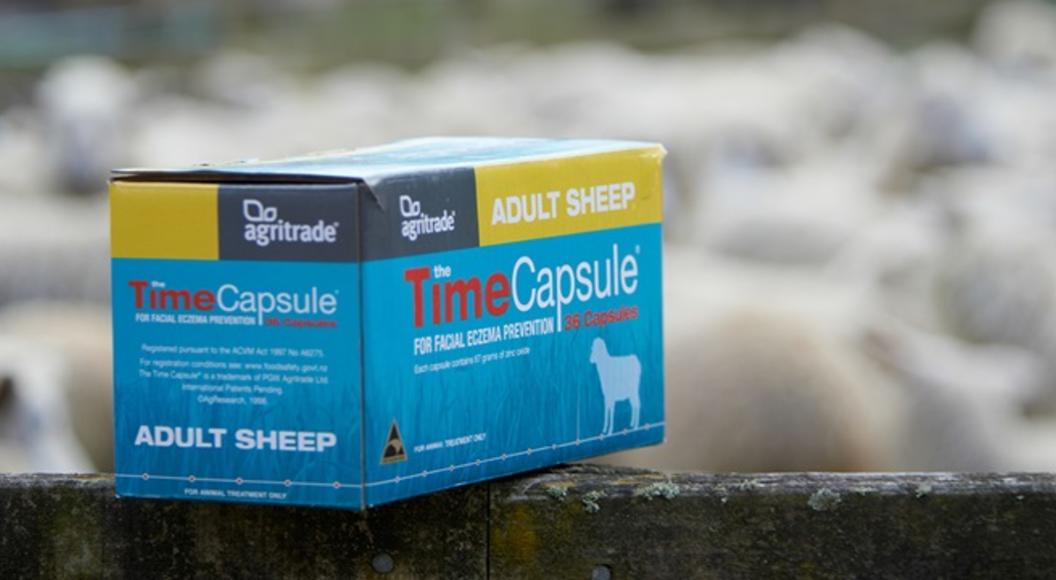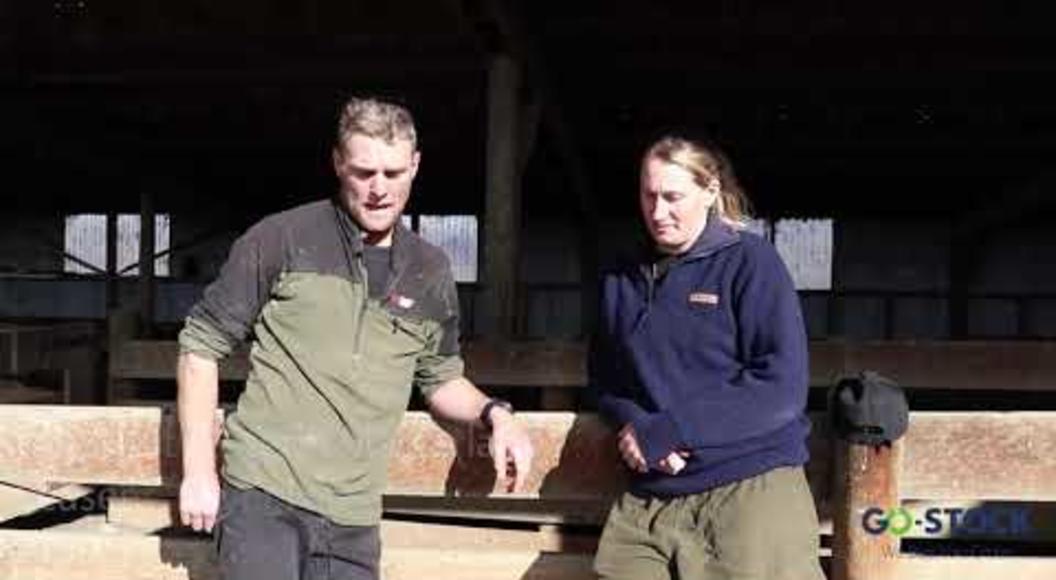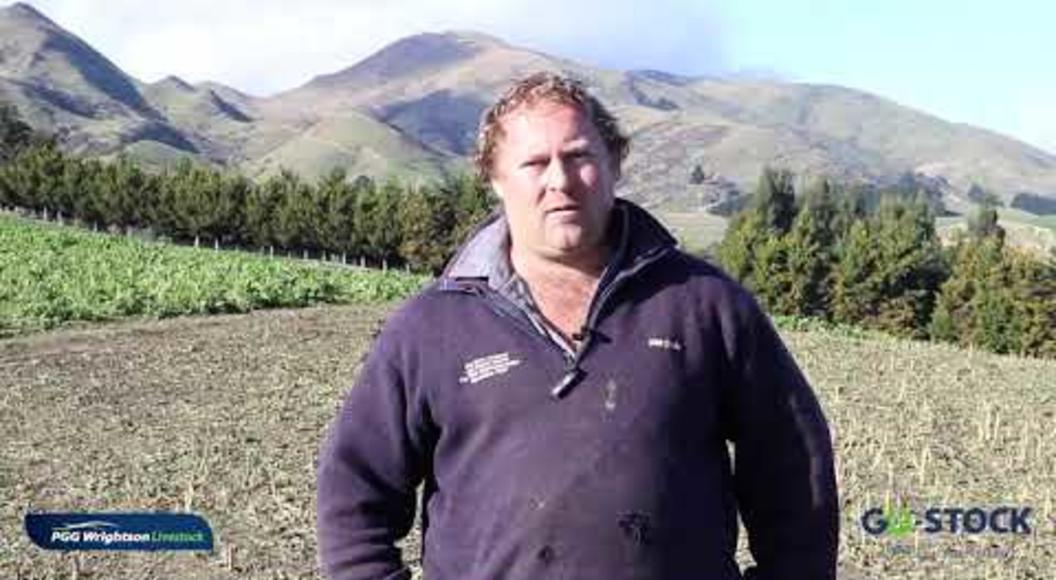
Managing worm burdens in reared calves
Scouring can be a common problem around weaning in calves, but it is not always due to worms.
The weaning process needs to be managed well to reduce potential problems as the calf transitions from a milk fed diet onto a forage based one involving the rapid development of the rumen. If this transitional phase is done poorly, then parasites create concerns.
It is recommended that milk intake is reduced and meal intake is increased over a period of up to six weeks. This allows the rumen and intestines to adjust to the new feed source and reduces incidences of coccidiosis and nutritional scours.
Calf meals containing coccidiostats are important, and once intake in individual calves declines below 1 kg per calf per day, they become ineffective at managing the protozoan parasite. Affected calves often have a tail coated with dark faeces which contain digested blood and mucous. When symptoms become serious, veterinary advice including a faecal sample diagnosis is required with specific treatment initiated. These symptoms in young calves are often mistaken for worms.
Internal worms don’t become a significant issue in calves until grass is the greatest part of their diet for at least a month. Infective larvae are ingested which causes depressed feed intake and subsequent poor liveweight gain. The need for drenching generally occurs when calves are approximately 100 kg.
The take home message is that calves that are kept in sheds and fed primarily milk, pellets and hay do not need drenching for worms when released from the shed as they haven’t eaten any infective larvae in the shed.
When considering what types of drench to use on calves, the following points are important:
- Ensure all equipment is clean and delivering the correct dose of drench using a measuring cylinder. Missing this basic step unfortunately contributes to worms developing drench resistance.
- Abamectin is toxic in calves less than 100 kg.
- The safest drench option for the first drench is a BZ/levamisole oral combination, for example VETMED Combomax Oral.
- Don’t drench while the calves are feeding and don’t mix drench with milk as this can result in toxicity, death or ineffective drenching.
- Once over 100 kgs, drench calves at 28 day intervals through the summer and autumn using a triple combination oral product, for example VETMED Triplemax Oral.
- Best practice recommendation is to do a 10 day post-drench check once during the summer to determine if the drench being used is working effectively.
- Due to the size of animals in the autumn, changing to either an injectable or pour-on product may be considered. Whatever product used must contain levamisole to control Cooperia worms.
Drenching is only part of the parasite control program. Where possible the following points are equally important to consider:
- Avoid running high stocking rates of calves on the same paddocks year after year, as this can result in high infective larvae burdens.
- Nutrition of the calf is paramount to ensure effective immune function. This includes optimal weaning transition feeding, trace element supplementation and preventative vaccinations.
- Incorporate grazing of adult cattle or other species, for example, sheep to reduce pasture contamination.
- Stick to a regular 28 day drench programme where possible, with effective triple combination oral drenches, for example VETMED Triplemax Oral, to prevent contamination of pasture.
To put an effective parasite programme in place, talk to your local PGG Wrightson Technical Field Representative.
Sponsored by VETMED/agritrade


